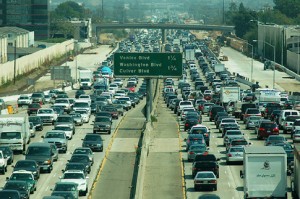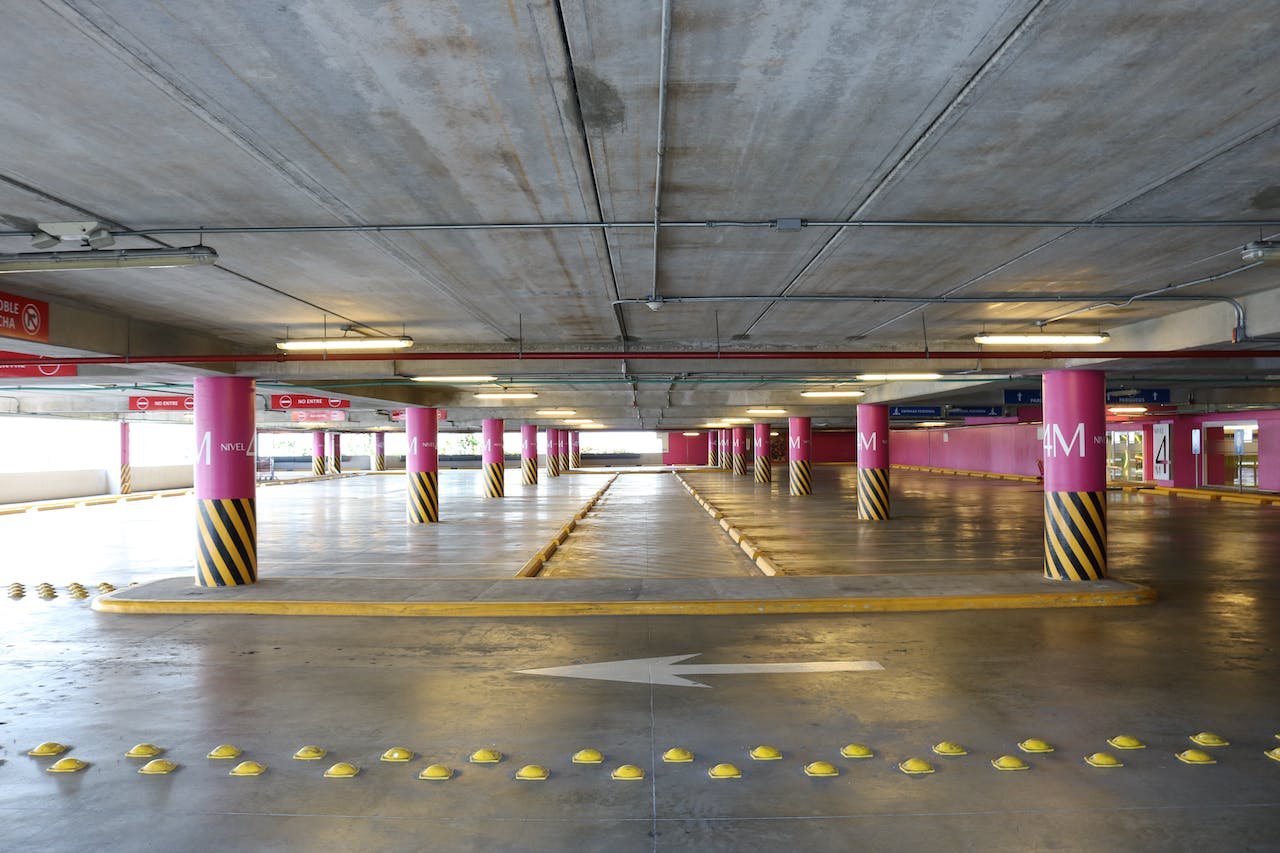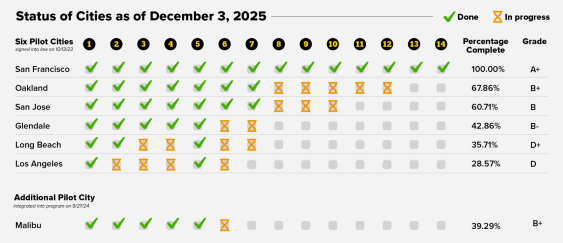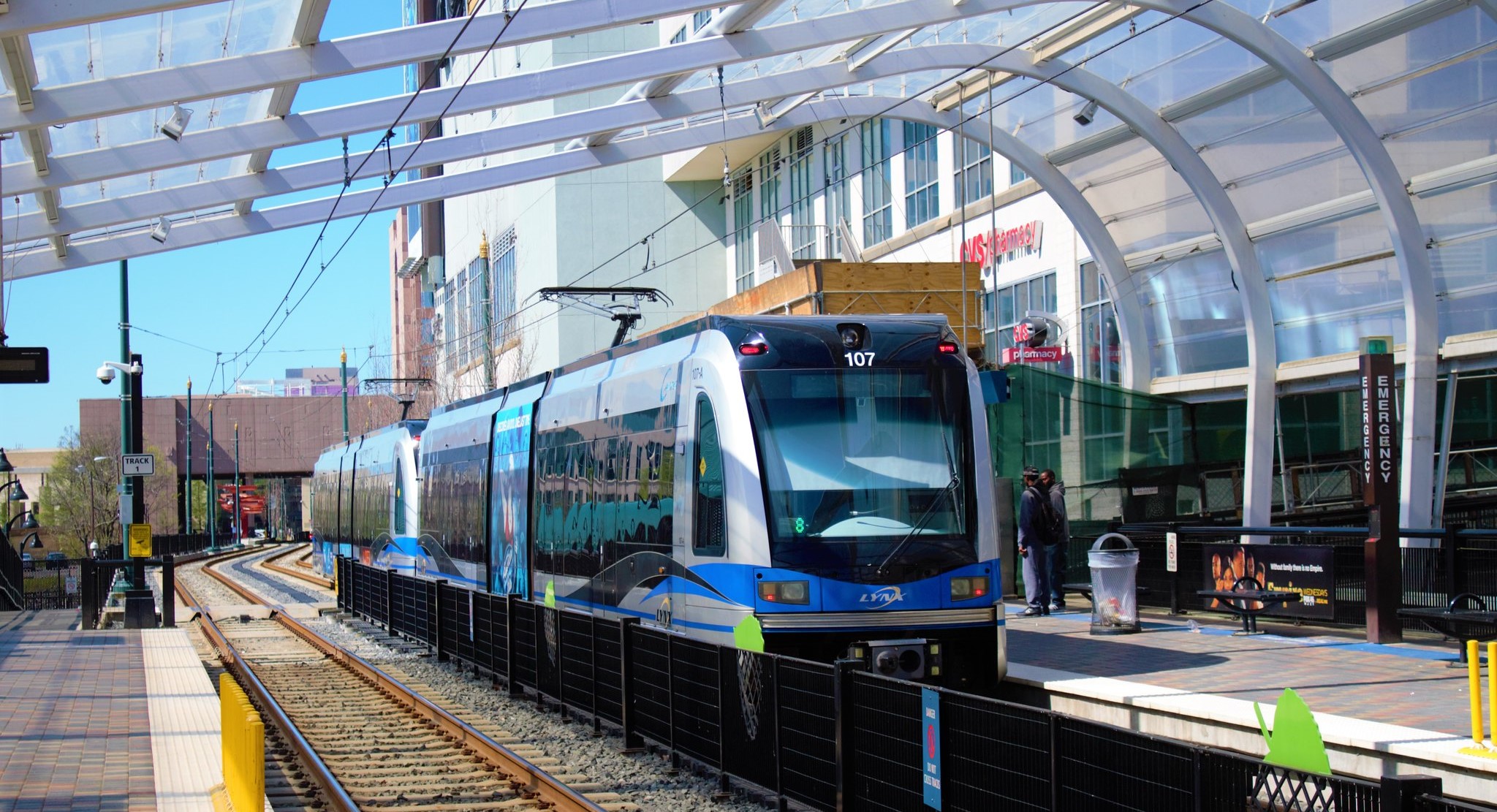In response to yesterday's story on the Texas Transportation Institute's congestion rankings, which take traffic delays out of context and risk being used to justify road expansions, former New Jersey DOT leader Gary Toth raised this question: What if, instead of getting frustrated with the report, we reframe its interpretation?

He does it by pointing out that the frantic pace of road-building in this country over the past few decades has only made the problem worse:
Universally, during the 20th century, transportation was viewed as an end in and of itself and state DOTs furiously pursued congestion relief by adding more capacity. And universally, it has not only failed to solve the problem, it has made it worse.
The failure of auto-oriented transportation solutions has been documented by congestion data collected annually by the Texas Transportation Institute since 1982. Four hundred thirty-nine metropolitan areas have been studied; in spite of the massive investment in building high speed roadway capacity, congestion indicators are skyrocketing out of control. It is time to tell the emperor that he/she is not wearing any clothes.
The issue of how high-speed automobile capacity affected land use development and spread out destinations and activities was considered someone else’s business. The highly mobile transportation system (or “supply”) created spread-out access, which in turn affected how people chose to locate their homes and businesses (land use patterns). Conversely, spread-out land use patterns further increased the demand for transportation (travel distances, modes, etc.), and this has become the eternal cycle that we now find ourselves in. While originally accomplishing many positive outcomes, the single-minded focus on high-speed mobility has increasingly led to an ever-growing series of unintended consequences, such as the undermining of all other modes of travel. In cities around our country, streets have been tuned for high level of service for automobiles during the peak hour.
Virtually by problem definition, wide street designs stifle all other modes, inhibit livability and create barriers between places in urban areas. To make matters worse, these high capacity designs often fail to deliver the desired Level of Service.
Indeed, if nothing else, TTI's report perfectly illustrates this vicious cycle. The Surface Transportation Policy Project studied the relationship between road building and congestion back in 1998 and found that "metro areas that invested heavily in road capacity expansion fared no better in easing congestion than metro areas that did not." In fact, those places went billions of dollars into debt trying to build their way out of congestion and ended up with slightly higher per-capita congestion costs, wasted fuel, and travel delay.
Writing in Slate, Matt Yglesias has a different spin on TTI's results. "The most congested metropolitan area in the United States is Washington D.C., followed by Los Angeles, San Francisco, New York, and Boston," he writes. "The striking thing about these cities is that despite serious congestion problems, they're all big, exciting, prosperous, dynamic cities. Or rather, they have a lot of traffic congestion in part because they're big exciting prosperous dynamic cities."
He compares road space in these attractive cities to Ben & Jerry's Free Cone Day. Road space is a valuable commodity being offered for free, so of course, "an underpriced valuable commodity leads to overconsumption." As long as road space is free (and city centers are worth traveling to), there will be congestion, he posits. You could build enough highways that even more people can cram into the city, but then, I suppose, you'd also need to build so many more roads and parking lots that the city becomes boring and lifeless. A better idea is to put a price on that valuable road space.
"Charge people enough money to eliminate routine congestion and you'll find yourself with fewer traffic jams and an enormous pool of revenue that can be used to maintain your basic infrastructure and upgrade your bus service," Yglesias counsels.





